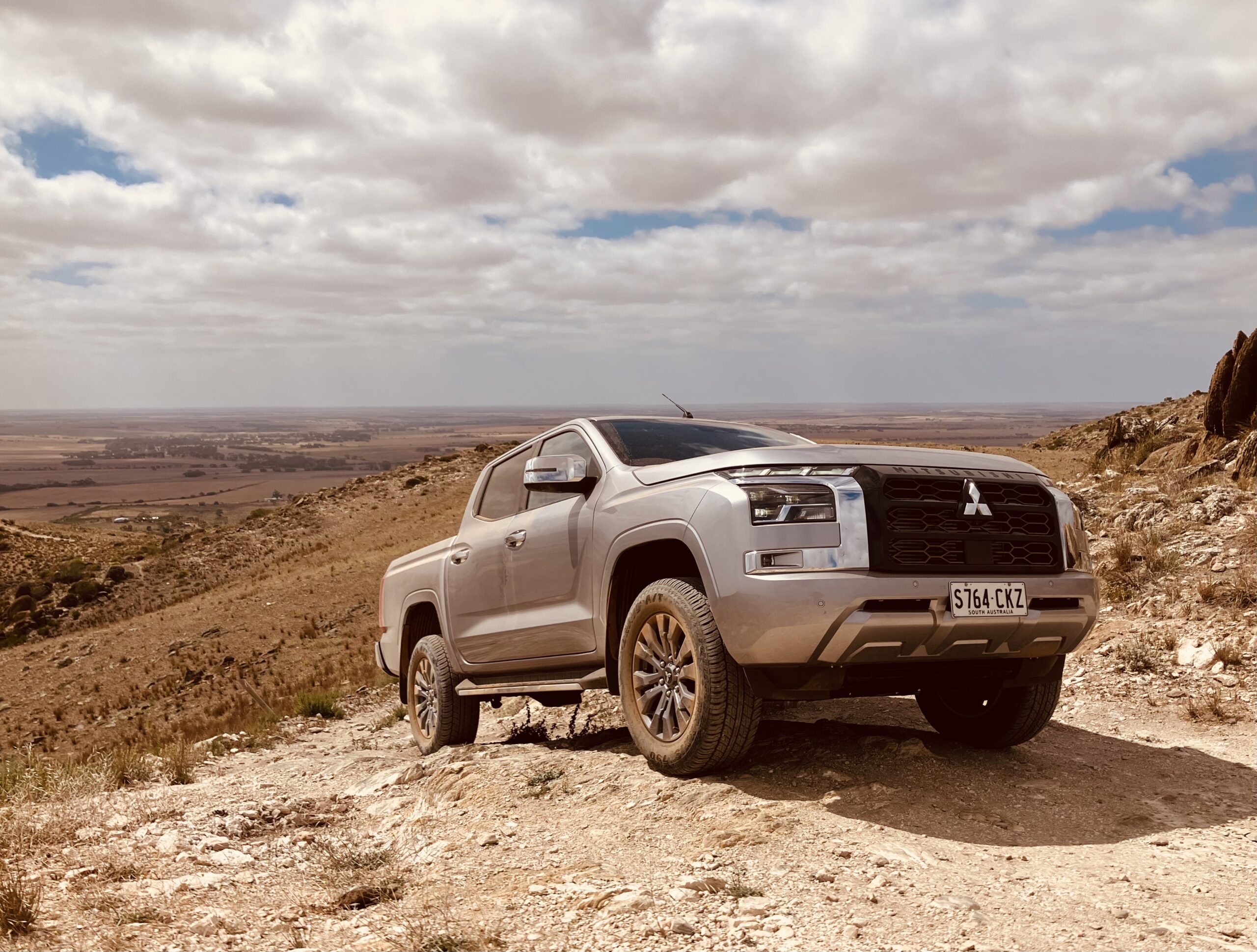It’s a good idea to carry some tools with you when you head bush, and most of us carry some sort of basic tool kit and spares. But often little thought goes into some of the tools needed to carry out some of those repairs. If you’ve ever tried to loosen a spring hanger without an impact driver, you’ll understand what I mean here.
So why don’t we carry a load of power tools with us when we travel? Well the simple answer is, until fairly recently they’ve been a bit average either in power or battery life. But the recent upgrades in battery technology have allowed portable power tools to become more and more useable for the bush mechanic; and they could just about save your life in many situations. We recommend taking one make of tools – this way you can share battery packs across the range and only need to carry one charger with you. We’d recommend carrying a couple of batteries though, as you can then use one while the other is charging.

But what tools should you really take? Well that is the age-old question… so we’ve put together our top five portable power tools you should carry on every off-road trip.

The trusty drill
Drills can have many uses and we’re not just talking about making holes in things. Most now have a screwdriver setting, which can make undoing and doing things up a whole lot quicker. Some of the more powerful ones also have a hammer drill feature, which isn’t just useful for drilling into concrete. If you don’t have an impact driver with you it can be used to loosen stubborn small bolts. Drills are also useful for drilling out rivets or seized bolts should the need arise.

Impact gun
Think of a ratchet set with the advantage of a sledge hammer and breaker bar attached, all in one. Impact guns can make light work of undoing wheel nuts or stubborn bolts. In fact, they’re pretty good at undoing and tightening most things. When using to tighten, remember to finish off by hand with a torque wrench to ensure the correct tension is on the bolt.

Angle grinder
Unfortunately, there comes a time when undoing stuff won’t cut it, or you need to reshape something to make it fit properly. This is where your grinder can come in handy. The great thing about grinders is that depending on the type of disc fitted, they can be used for many different applications.
The first and most obvious one is for working metal – this is handy if you need to grind back bolts or reshape bodywork after an accident. The second and probably the more useful application is cutting. With a 1mm disc fitted a grinder can be used to cut through thick steel… which is great if you need to remove something in a hurry and have a replacement part with you.
Most battery-operated grinders come in either 115mm or 125mm. The choice is yours, however the smaller ones can be easier to get into tight spaces. One point to note is that although grinding discs will cut and cutting discs will grind, always use the correct disc for the application (this will minimise overheating and the risk of the disc shattering).

Rotary tool
The die grinder or rotary tool is the Swiss Army Knife of the power tools world. Being fairly small they have a habit of being able to fit into spaces other tools cannot. Not only that; depending on the attachment fitted they have many uses, from small grinding, cleaning up surfaces, small-scale cutting… heck, some can even be used to drill or enlarge holes.

Reciprocating saw
One saw, many uses. The good old recip saw. These can do so many jobs and they’re not just vehicle-related. Need to cut up some timber? Stick the timber ripping blade on and away you go. Need to cut through plastic without melting it? The general-purpose blade is probably your best bet here. And finally, if you need to cut through any metal, use the (gasp!) metal blade.
Blades are available in different lengths to suit the applications, and are all fairly flexible which is great for getting into tight spaces or around slight corners. However, it’s always advisable to have the saw butted up to the surface you are cutting to minimise kickbacks.
As with all power tools make sure you wear the correct safety gear before using them, as injuring yourself with one could be more dangerous than the problem you were trying to fix in the first place.











I think impact wrench must have tool for off road